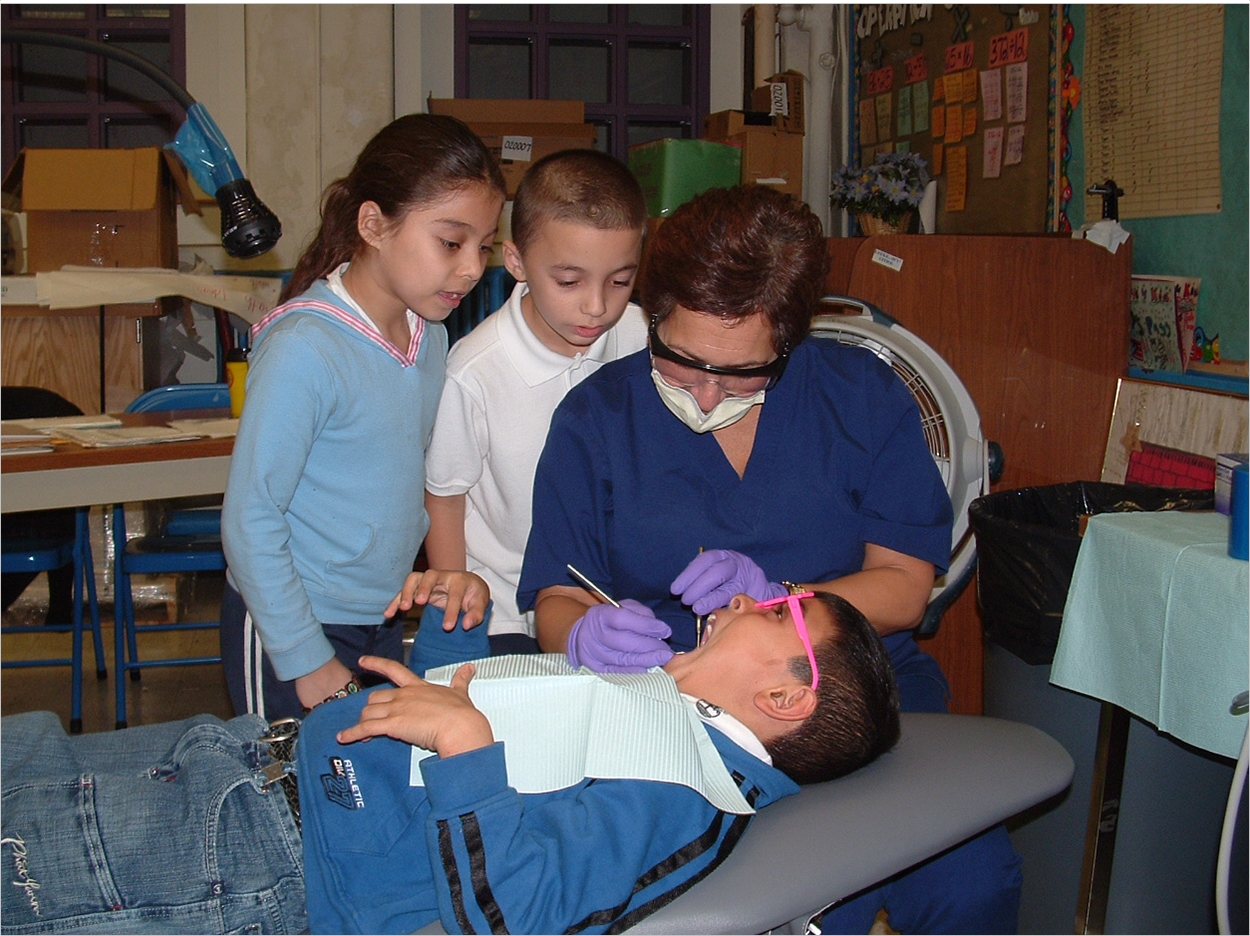
Dental caries is the most common childhood disease, according to New York University (NYU). Untreated decay affects 20% of children who are 6 to 8 years old, and caries experience can reach as high as 58% among children and adolescents. Also, untreated decay can lead to infection, pain, and, in rare instances, death.
“Childhood caries is a preventable epidemic,” said Ryan Richard Ruff, PhD, assistant professor and director of the Biostatistics Core in the Department of Epidemiology and Health Promotion at the NYU College of Dentistry.
To help tackle the problem, Ruff has been awarded a 2-year, $317,000 grant from the National Institute of Dental and Craniofacial Research to conduct a systematic evaluation of comprehensive caries prevention using a longitudinal, 6-year dataset of 9,260 students attending 55 Title 1, or low-income, schools in Massachusetts.
These students participated in a school-based caries prevention program conducted by the Forsyth Institute from 2003 to 2009. The new investigation will expand upon the scope and sequence of the original study by using secondary data analyses to identify key criteria for optimizing school-based caries prevention programs.
“There are 3 primary barriers to the dissemination and implementation of school-based caries prevention. First, while efficacy trials demonstrate success in caries control, there is little evidence of effectiveness in large pragmatic [effectiveness] studies,” said Ruff.
“Second, little is known of the cumulative effects of prevention over time for students of varying ages, so optimization is difficult. Finally, previous studies of longitudinal data from prevention programs did not examine student cohorts who most needed care,” Ruff said.
To overcome these barriers, Ruff and his team will model nonlinear trends of untreated decay in children receiving the prevention intervention, seeking to determine the causal effects of prevention throughout time, and thus estimating the predicted probabilities of decay development.
“To optimize care, we need to be focusing on delivery time, targeted care for high-risk groups, and clinically relevant prevention methods,” said Ruff. “Utilizing novel statistical methods to properly account for the longitudinal research design, we can control for relevant observed and unmeasured cofounders and explore the comparative effects of multiple preventive services simultaneously.”
Healthy People 2020, a government-led and science-based program to improve the overall health of all Americans, has made the incorporation of oral health into the primary education system and the eradication of dental disease in children oral health goals. Also, the Centers for Disease Control and Prevention supports school-based caries prevention programs as a cost-effective method to increase access to and improve oral health.
However, the effectiveness of school-based caries prevention has never been systematically studied in high-risk populations. Ruff believes that the methods used in his project will be demonstrated to be effective and easily adaptable for use in the analysis of other large effectiveness trials.
“Our aims will thus serve as a roadmap for the robust analysis of complex, longitudinal datasets in oral health, which in turn will help clinicians and policymakers accomplish the Healthy People 2020 goals of incorporating oral health in education and eradicating oral diseases in children,” Ruff said.
Related Articles
School-Based Hygiene Programs Prove Effective
Sealants Save Dental and Productivity Costs in the Long Run
Sealants Prevent Up to 80% of Cavities in Kids












